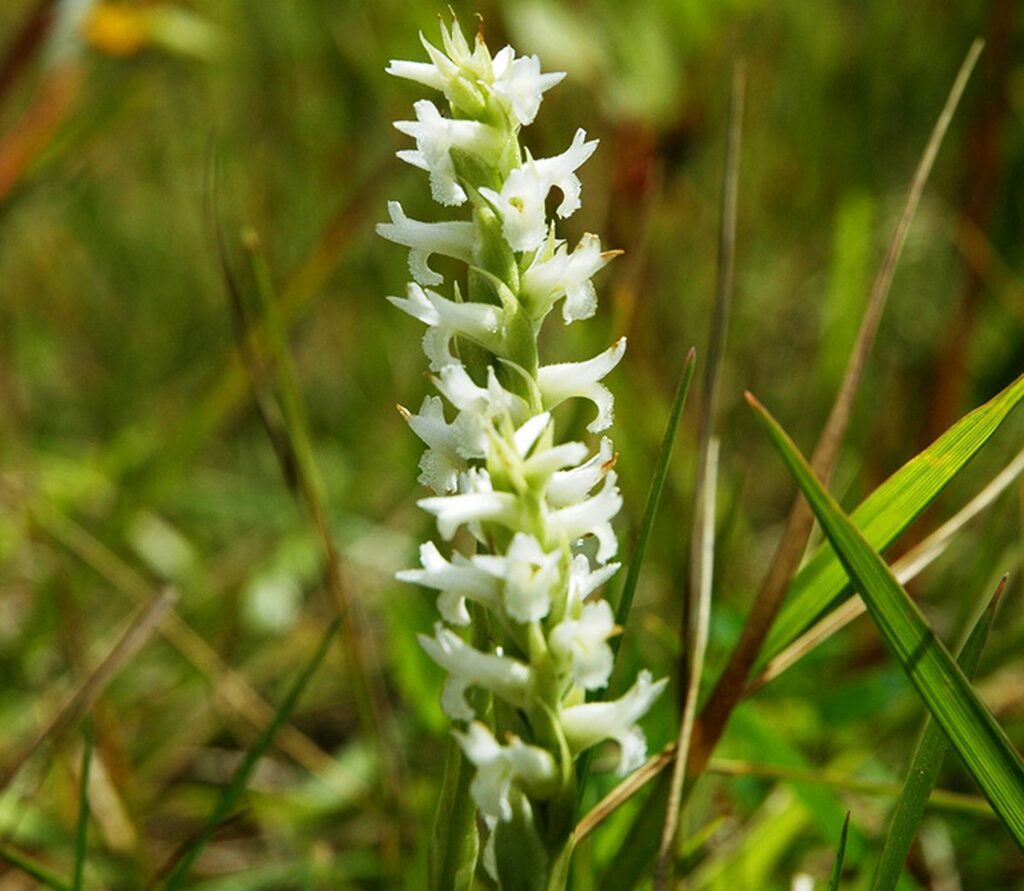Wyoming is the latest to join a growing list of outspoken voices who say wild horses are out of control, and the BLM is failing in its responsibility to manage them.
 According to the Western Livestock Journal, last week the State of Wyoming filed suit against the United States Department of the Interior and the United States Bureau of Land Management (BLM) over the federal government’s failure to appropriately manage wild horses in Wyoming. Wyoming announced its intent to sue in August.
According to the Western Livestock Journal, last week the State of Wyoming filed suit against the United States Department of the Interior and the United States Bureau of Land Management (BLM) over the federal government’s failure to appropriately manage wild horses in Wyoming. Wyoming announced its intent to sue in August.
“The lawsuit asks the court to force the BLM to manage wild horses in Wyoming as required by the Wild Free-Roaming Horses and Burros Act,” Governor Matt Mead said. “It is my belief, and the belief of other western governors, that the BLM does not have the resources to manage wild horses effectively. By filing suit it sends a message that wild horse management is a priority and the BLM must be provided the funding necessary to manage them.”
The Wild Free-Roaming Horses and Burros Act requires the BLM to manage wild horses below previously set appropriate levels and to remove excess horses when populations exceed those levels. Herds will continue to exponentially grow beyond what the BLM determined is ecologically appropriate for each herd management area (HMA). These herds have population growth rates that range from as low as 25 percent to as high as 58 percent each year. Horses often stray from HMAs onto state and private land.
“Excess wild horses in Wyoming can harm the habitats used by other wildlife species, including sage-grouse, antelope, deer and elk,” Governor Mead said. “Overgrazing caused by overpopulation threatens all animals including horses.”
BLM earlier this year estimated there were 3,771 wild horses in Wyoming. In its lawsuit, Wyoming claims the horse population exceeds appropriate levels in seven herd management areas by about 475 total horses.
While Wyoming and other western states are struggling with the growing populations, wild horse activists are busy countering with their own lawsuits.
Earlier this year, a group sued BLM, unsuccessfully, in the hopes of stopping a Rock Springs, WY, roundup. The agency announced in October that it had removed 1,263 horses from the Great Divide Basin, Adobe Town and Salt Wells Creek herd management areas.
In addition, the Friends of Animals group is petitioning the U.S. Department of Interior to give wild horses and burros federal protections under the Endangered Species Act. It’s also pressing a federal lawsuit charging that the BLM failed to follow environmental laws in approving this fall’s roundups.
Edita Birnkrant, spokeswoman for Friends of Animals, said Monday she was shocked by Wyoming’s lawsuit seeking to remove more wild horses from the state.
“They’re so out of touch with the residents of Wyoming, and of states all across the country that treasure and want protection for wild horses,” Birnkrant said. “And here we have these out of control states with the mentality that says wild horses should be wiped out. There’s no other way to read what’s going on here.”
But the growing numbers speak for themselves.
As of March 1, 2014, the BLM estimated that 49,209 wild horses and burros roamed BLM-managed rangelands in 10 western states, which exceeds by more than 22,500 the West-wide appropriate management level (AML) of 26,684.
The wild horse and burro topic has administrators and politicians struggling for answers.
The Western Governors’ Association passed a resolution on the topic at its December meeting in Las Vegas stating that federal agencies’ inability to control the growth of the wild horse and burro populations is an urgent concern for “management policy and practice.”
“We support thoughtful, appropriate and sciencebased management decisions for wild horse and burro management. In particular, we support management decisions that ensure populations are managed within AMLs in order to promote horse and burro herd health, species conservation and recovery, and habitat, as well as forage vitality for wild and domestic species,” the resolution states.
Monitoring data was a priority topic included in the resolution. In addition, fertility control was also mentioned, with both expanding and expediting the use of various types considered a priority.
“Data related to wild horse and burro management and populations is not easily accessible and generally not published in a timely manner. Federal agencies should remedy this problem so data can be used in management decisions and in educational materials,” according to the governors.
Alternative food sources for horses in short- and longterm facilities are also mentioned in the plan. For example, hay harvested from Conservation Reserve Program lands or highway rights-of-way could be used to feed wild horses and burros.
In addition to the growing herd problems, BLM also faces management problems from the roundups.
Limits on the wild horse and burro program’s budget and on the number of additional horses and burros BLM holding pens have room for have shrunk from previous years. This has added to the challenges surrounding all aspects of the program.
“For example, in 2013, adoptions of wild horses and burros were just 2,671, while nearly 50,000 animals remained in BLM care at an annual cost of more than $46 million,” according to BLM.
Wyoming’s lawsuit may very well open a new can of worms for BLM, and the wild horse management plan, which from all angles, appears to need a plan B.
Wyoming’s Petition for Review is available on the Attorney General’s website at http://ag.wyo.gov/currentissues.
— Traci Eatherton, WLJ Editor



